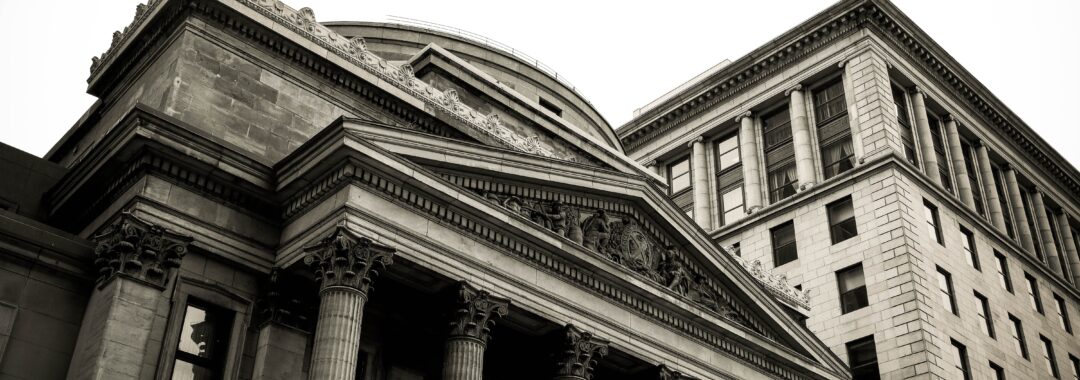A note from Charles Schwab talking all things Fed interest rates increase by Kathy Jones.
The Federal Reserve announced a 25-basis-point increase in the target range for the federal funds rate, to a range of 0.25% to 0.50%, its first rate hike since December 2018.
Since Fed Chair Jerome Powell had already signaled that a rate hike was coming, the market was focused on the Fed’s guidance on the outlook for the economy, inflation, and the future path of policy rates. That was surprisingly “hawkish,” with the Fed suggesting a fast cycle of steady rate hikes over the next two years, bringing the federal funds rate to a peak of 2.75 in 2024, a steeper path than anticipated. It most likely reflects the Fed’s concern that it has fallen behind the curve on inflation and now must act quickly to bring it down.
Statement changes: The Federal Open Market Committee (FOMC) statement attributed the need for rate hikes to the strength of the economy and the very tight labor market, which is pushing up wages and inflation. We know that Powell pivoted toward hiking rates in December when the Employment Cost Index (ECI) rose sharply, and this confirms that the Fed’s focus is squarely on the potential inflationary impact of a tight labor market.
Is a soft landing possible with a steep take off?
The Fed’s economic projections are painting a scenario of a “soft landing” with inflation retreating while the unemployment rate stays low and economic growth slows down from the post-pandemic rate of over 4% to its estimate of a long-term sustainable rate of about 2.0% to 2.5%. However, past history would suggest that if the Fed follows through on its plans, the risk of a downturn in growth and/or recession would likely increase.
Economic projections of Federal Reserve Board members and Federal Reserve Bank presidents
Notes: For each period, the median is the middle projection when the projections are arranged from lowest to highest. When the number of projections is even, the median is the average of the two middle projections. The central tendency excludes the three highest and three lowest projections for each variable in each year. The range for a variable in a given year includes all participants’ projections, from lowest to highest, for that variable in that year. Longer Run projections for Core PCE are not collected.
Source: Federal Reserve Board, 3/16/2022.
Market reaction: Initially, interest rates rose across the curve, with the sharpest increases in the two- to five-year maturities, as the market absorbed the message of more rate hikes than anticipated in the short run. By the end of the day however, longer-term yields had fallen back to about unchanged.
Rates are higher across most of the curve
Source: Bloomberg, using daily data as of 3/16/2022. “One-day change” is the change from 3/15/22 to 3/16/22 at 2:54 pm ET.
Moreover, inflation expectations as measured by the 5yr/5yr forward rate declined. It appears that the Fed’s message about fighting inflation is already having an impact.
5-Year 5-Year Forward Inflation Expectation Rate
Notes: The 5-year 5-year forward rate measure of the average expected inflation over the five-year period that begins five years from the date data are reported. The rates are composed of Generic United States Breakeven forward rates: nominal forward 5 years minus US inflation-linked bonds forward 5 years.
Source: Blomberg 5-year 5-year Forward Inflation Expectation Rate (USGG5Y5Y Index). Daily data as of 3/16/2022.
Takeaway: The key message from the Fed is that it is focused on fighting inflation and is prepared to hike short-term interest rates steadily and reduce its balance sheet until it reaches its goals. We have no reason to doubt the Fed’s intentions, but see a risk that it may be over-correcting after having missed the inflation surge since late last year. Investors should be prepared for a bumpy ride.



